Have you ever thought that eating one of the wild mushrooms can protect the body from dementia or cope with the symptoms of diabetes? Or maybe, on the contrary, having eaten one piece of such food, you get into a psychedelic state of euphoria in which the brain does not control the body? We are talking about the unique white mushroom species of the Hericiaceae family, called Lion’s Mane Mushroom.
What is That Mushroom?
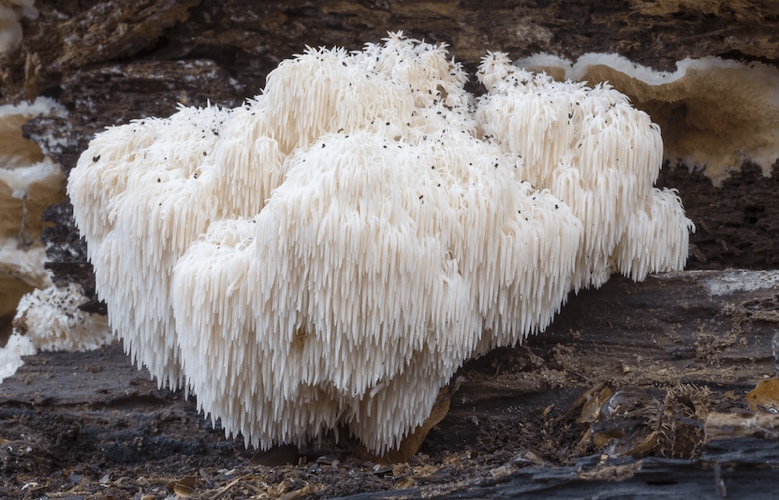
It is worth saying that nootropic preparations are the means that activate metabolism in nerve cells and improve the thought processes of the body. The standard for such purposes, medical products are used, but recently, more data about the unique nootropic properties of Lion’s Mane Mushroom. According to Maislin (2020), taking such a product stimulates the elimination of undesirable cognitive effects of aging through two components: erinacines and hericenones. Moreover, the fungus helps to relax the excited state of a person, and the most daring studies show that Lion’s Mane can influence the regeneration of brain cells.
How do We Grow a Mushroom?
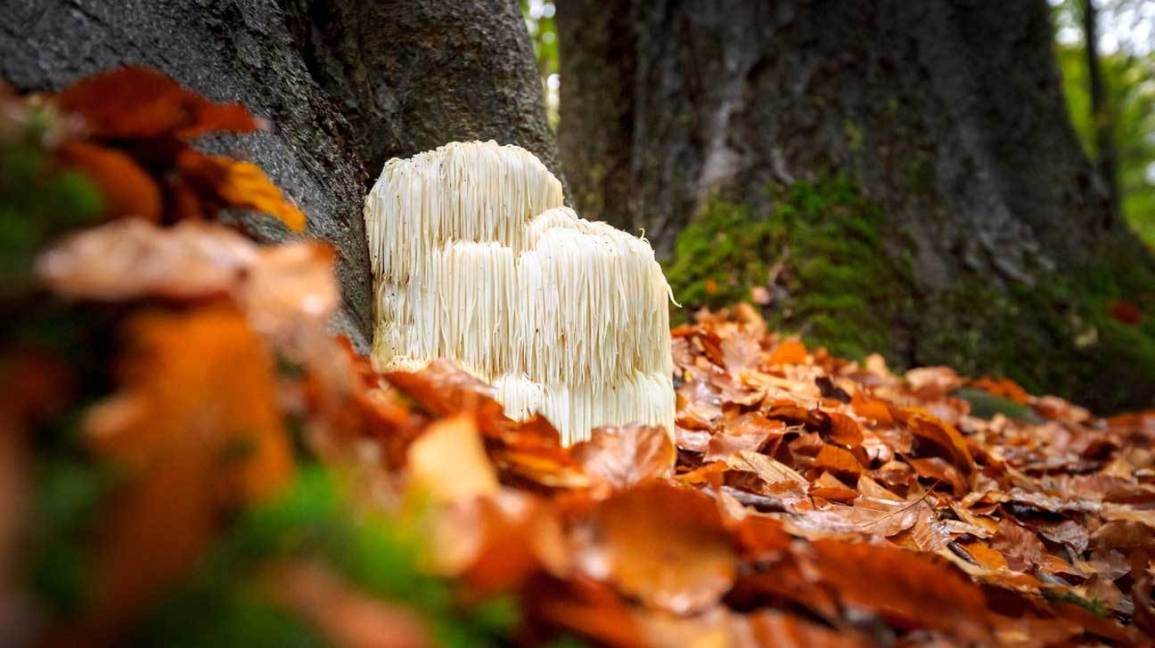
This mushroom species is wild, so excessively humid autumn forests represent its natural habitat. However, people have learned how to grow them on their own at home, and therefore, it is no problem to get your own Lion’s Mane Mushroom. To grow at home, you must have a Petri dish with a nutrient medium on it with fruit as the substrate(Crosby, 2019). The mushrooms are abundantly watered with water every day, and after a few days, the active fructification stage begins. The grown product can already be harvested ten days after planting begins.
Chemical Structure
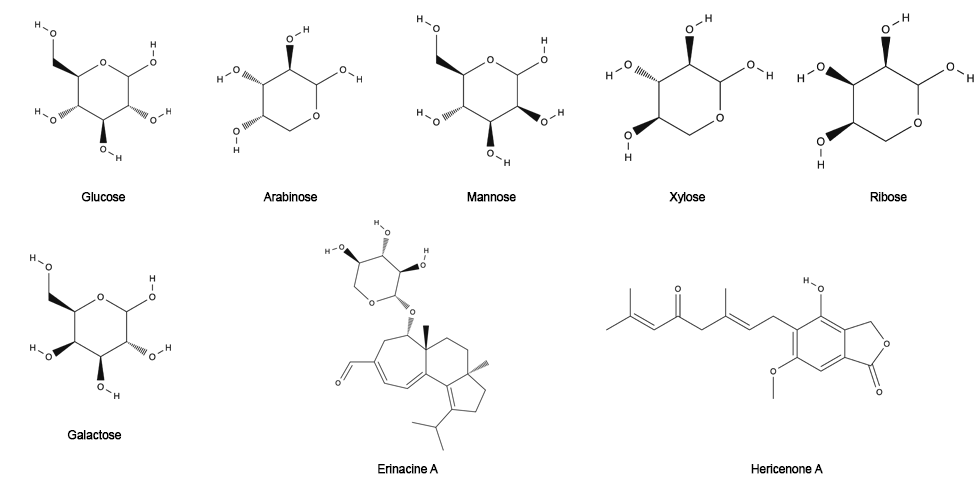
It is worth keeping in mind that Lion’s Mane has a complex chemical composition. In particular, the main components of the fungus include molecules of the families of terpenoids, polysaccharides, and sterols. The polysaccharides are evenly distributed among the cell wall and mycelium of the fungus and are mainly represented by β-glucan, α-glucans, and glucan-protein complexes (Spelman, Sutherland, and Bagade, 2017). Specific monosaccharides include glucose (68.4%), arabinose (11.3%), xylose (7.8%), mannose (5.2%), ribose (2.7%), and galactose (2.5%). Neurotrophic properties of the nootropic fungus are due to the presence of two video terpenes: erinacines and hericenones. From a group of sterols, erinarol, ergostane-type sterol fatty acid esters, and ten ergostane-type sterols are found in the fungus fruit body.
What is About Biological Effect?
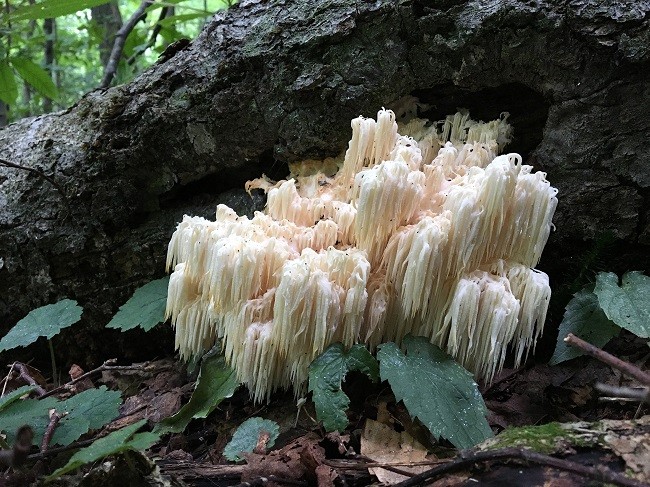
It should be noted that the principle of action of this fungus is different from traditional nootropic drugs. In particular, Lion’s Mane does not regulate the number of neurotransmitters but controls the number of active growth factors secreted in the brain. This means that the chemical compounds that form the basis of the fungus stimulate the growth and regeneration of nerve cells. Simplistically, this can be seen as an effect of the rapid learning of new skills. On the other hand, there is information about the possibility of short-term improvement of memory functions in the system reception of the fungus. For natural aging is quite acceptable that with age, the amount of myelin rapidly decreases: according to some reports, the fungus helps to retain and even replenish the substance.
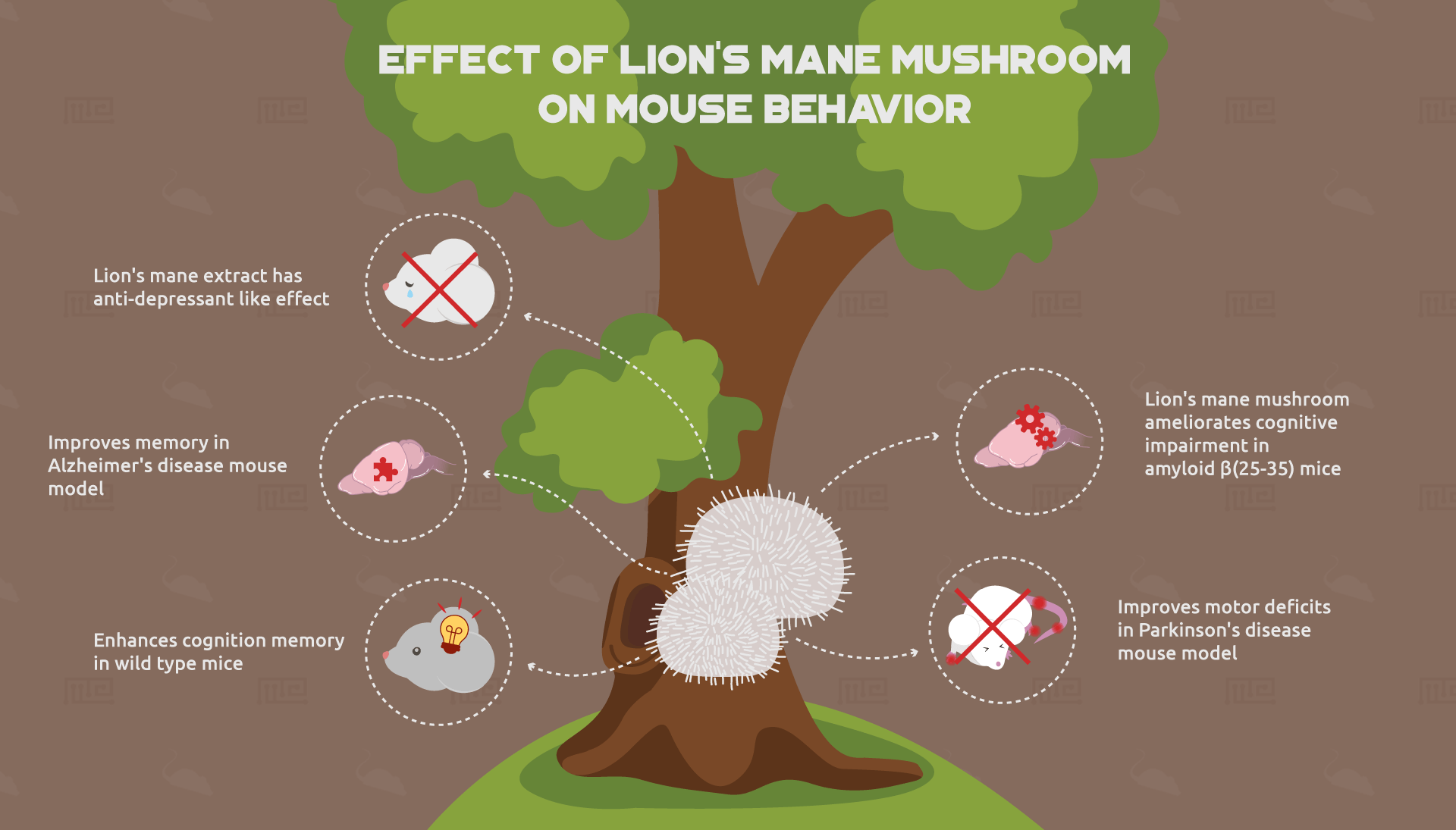
However, the fungus also has a number of other essential advantages that allow you to make a choice in the direction of its consumption. For example, it is known that the daily intake of Lion’s Mane helps to improve bowel and stomach function by stimulating the development of cells that form the walls of organs (Wu et al., 2018). At the same time, the product has a pronounced effect of increasing the body’s immune protection achieved through cytokine secretion (Sheng et al., 2017). An interesting effect of Lion’s Mane is also an overall reduction in sexual desire, libido (u/jabo__, 2019). Ultimately, the effects described allowing us to conclude about the severe consequences that the use of this product has.
So, Should We Eat This Mushroom?
Discussion of the appropriateness and justification of taking such an exotic food product is the central issue of numerous studies. If there are severe consequences behind a short-term improvement in a person’s cognitive and physical functions, it is undoubtedly better to stop eating the mushroom. However, it should be recognized that a number of studies from independent authors demonstrate positive dynamics of human change along with almost zero side effects (Mori et al., 2003; Lee et al., 2017). In other words, this means that the consumption of the mushroom is absolutely justified, especially if the consumer is interested in improving their abilities.
Right, it should be admitted that most of the studies had several crucial limitations. In particular, the effects of improving memory and reducing stress show only a short-term effect, which leads to a return after a few weeks. On the other hand, some studies have been conducted only on animals, and hence, they are relevant only to them. At the same time, the drug is widely known for its amazing life-prolonging properties, although this fact seems questionable (Li et al., 2019). In fact, if we study modern biostimulating substances, almost every one of them can prolong life.
To summarize, it should be recognized that with serious positive consequences for the body’s health and general condition, the mushroom is acceptable for consumption. Moreover, there is no reliable information about its toxicity level, which further confirms the need for admission. However, it is worth noting that all foods are right if used in moderation. The best way to consume the mushroom is to use an alcohol-based extract to achieve the best absorption effect. Or, you can eat this mushroom as fried, fresh-sliced and powder one. The optimal dosage should not exceed five grams per day after meals. In this case, the first effects will become noticeable after two weeks.
Reference List
Crosby, W. (2019)Grow Lion’s mane mushroom at home: 3 primary options for you. Web.
Lee, L. et al. (2017) ‘Thirteen-week oral toxicity evaluation of erinacine A-enriched Lion’s Mane medicinal mushroom, Hericium erinaceus (Agaricomycetes), mycelia in sprague-dawley rats’, International Journal of Med. Mushrooms, 21(4), pp. 401-411.
Li, C. et al. (2019) ‘Erinacine A-enriched Hericium erinaceus mycelia promotes longevity in Drosophila melanogaster and aged mice’, PloS One, 14(5), pp. 1-3.
Maislin, M. (2020)Lion’s mane mushroom – Uses, benefits, and side effects. Web.
Mori, K. et al. (2009) ‘Improving effects of the mushroom Yamabushitake (Hericium erinaceus) on mild cognitive impairment: a double-blind placebo-controlled clinical trial’, Phytother Res., 23(3), pp. 367-372.
Sheng, X et al. (2017) ‘Immunomodulatory effects of Hericium erinaceus derived polysaccharides are mediated by intestinal immunology’, Food Functionality, 8(3), pp. 1020-1027.
Spelman, K., Sutherland, E. and Bagade, A. (2017) ‘Neurological activity of Lion’s Mane (Hericium erinaceus)’, Journal of Restorative Medicine, 6(1), pp. 19-26.
Wu, Y. et al. (2018) ‘Hericium erinaceus polysaccharide facilitates restoration of injured intestinal mucosal immunity in Muscovy duck reovirus-infected Muscovy ducklings’, International Journal of Biological Macromolecules, 107(Pt A), pp. 1151-1161.
u/jabo__ (2019) Lion’s Mane mushrooms vs. cordyceps. Web.